Affiliate links on Android Authority may earn us a commission. Learn more.
Under-screen 3D cameras could truly kill the display notch
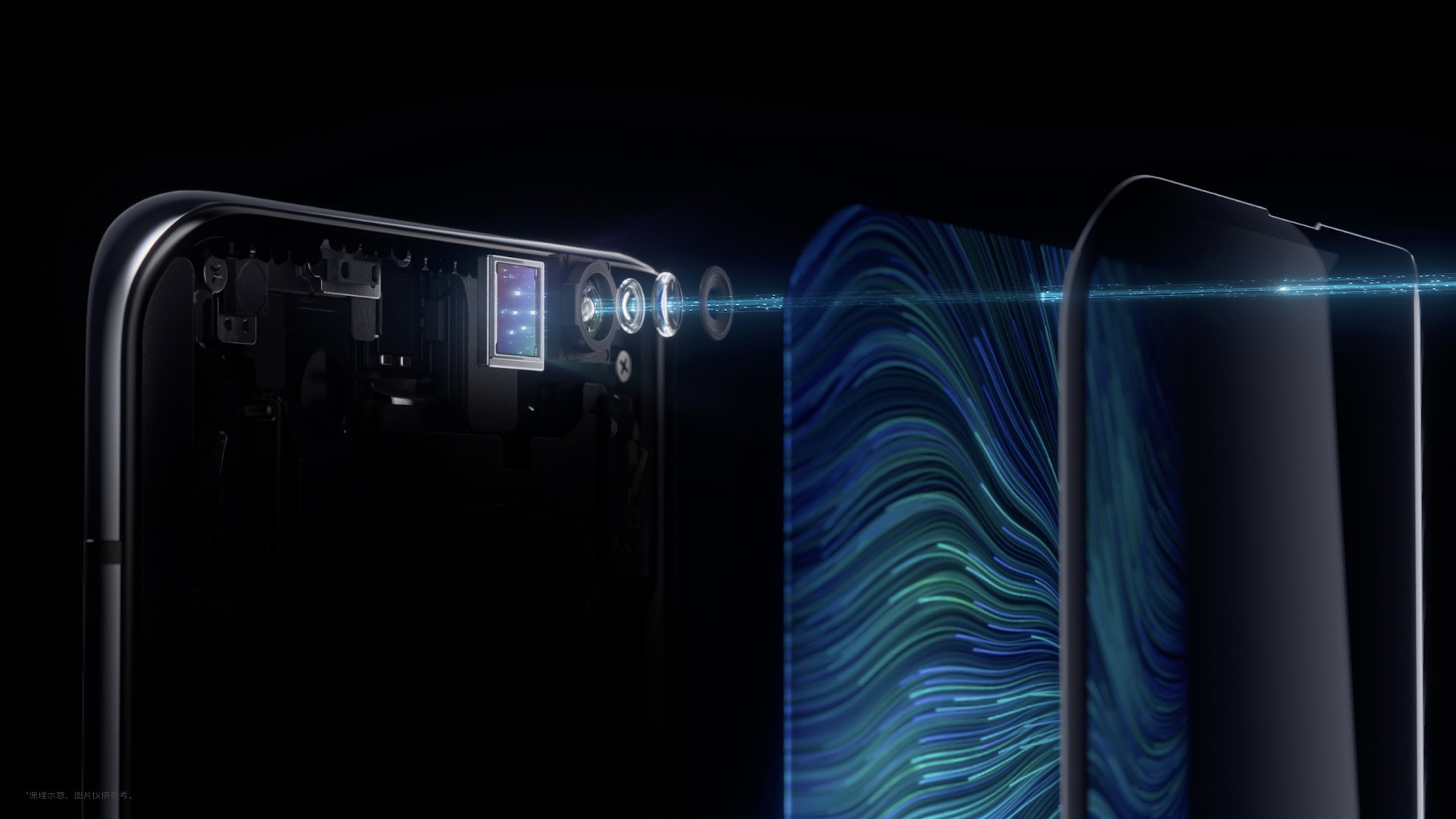
We’ve known for a while now that under-screen selfie cameras are on the way, with Samsung first confirming its work in this area last year. Since then, we’ve seen Xiaomi and Oppo both reveal under-screen cameras, giving us a tantalizing glimpse at some cool technology.
It’s clear that first-generation under-screen cameras will have a few issues in terms of picture quality, as OPPO suggests. But it’s also apparent that this tech could make notches, sliders, and pop-ups a thing of the past.
However, OPPO has revealed that it’s working on under-screen 3D cameras too, and this has the potential to truly make an uncompromising full-screen smartphone.
A gradual move to under-display tech
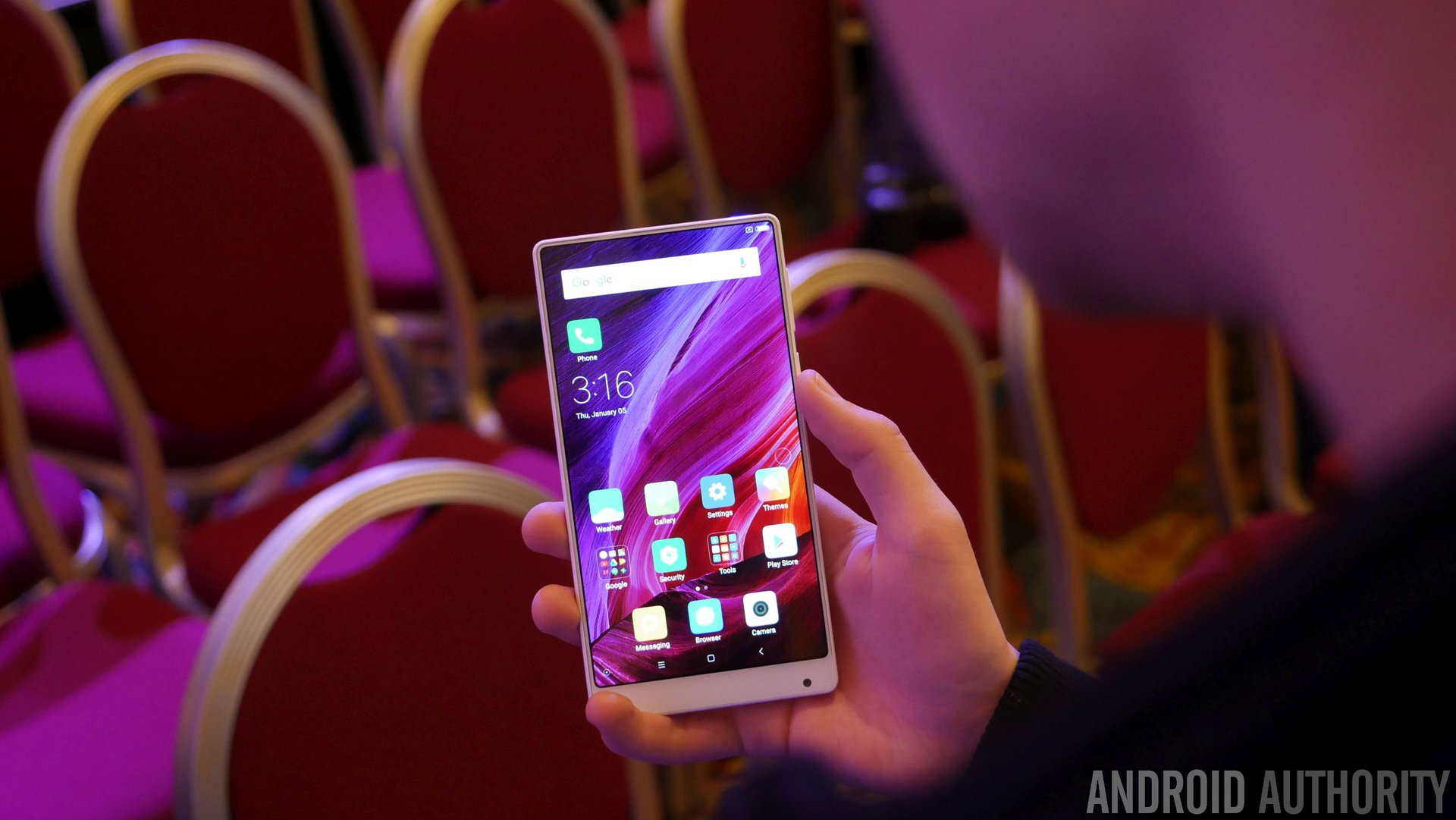
We’ve seen plenty of mobile features move under the display in recent years, starting with the Xiaomi Mi Mix back in 2016. Sure, its screen/body ratio might seem pedestrian today, but it used piezoelectric technology to replace the earpiece. We’ve also seen a few other brands offer similar earpiece replacements in recent times, such as the vivo Nex, while the HUAWEI P30 Pro uses “electromagnetic levitation” speakers below the screen.
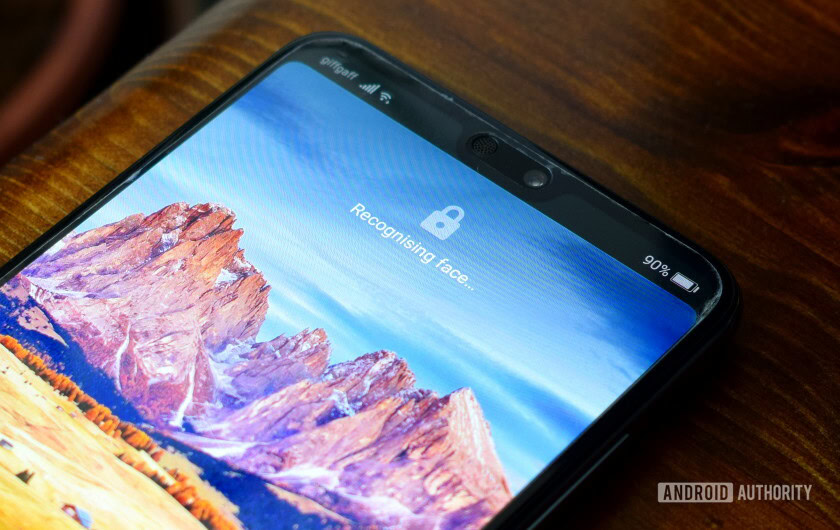
Another trend related to full-screen smartphones has been to either place the proximity sensor below the screen or to drop it altogether. The Samsung Galaxy S10 series has reportedly opted for the former approach, while OPPO completely dropped the sensor on the Find X in favor of a software solution by Qeexo. The software approach seems to be a particularly popular one at this stage, as OnePlus and Xiaomi use a software-based solution from Elliptic Labs for several high-end phones.
Finally, we’ve seen the dominant under-display trend, with fingerprint scanners moving out of sight too. vivo was the first company to introduce a commercially available phone with an in-display fingerprint sensor (the vivo X20 Plus UD), but virtually every major manufacturer has offered the tech since then. In fact, the list of major manufacturers without in-display fingerprint sensors is likely much shorter than the list of those packing the tech.
Why is an under-screen 3D camera important?
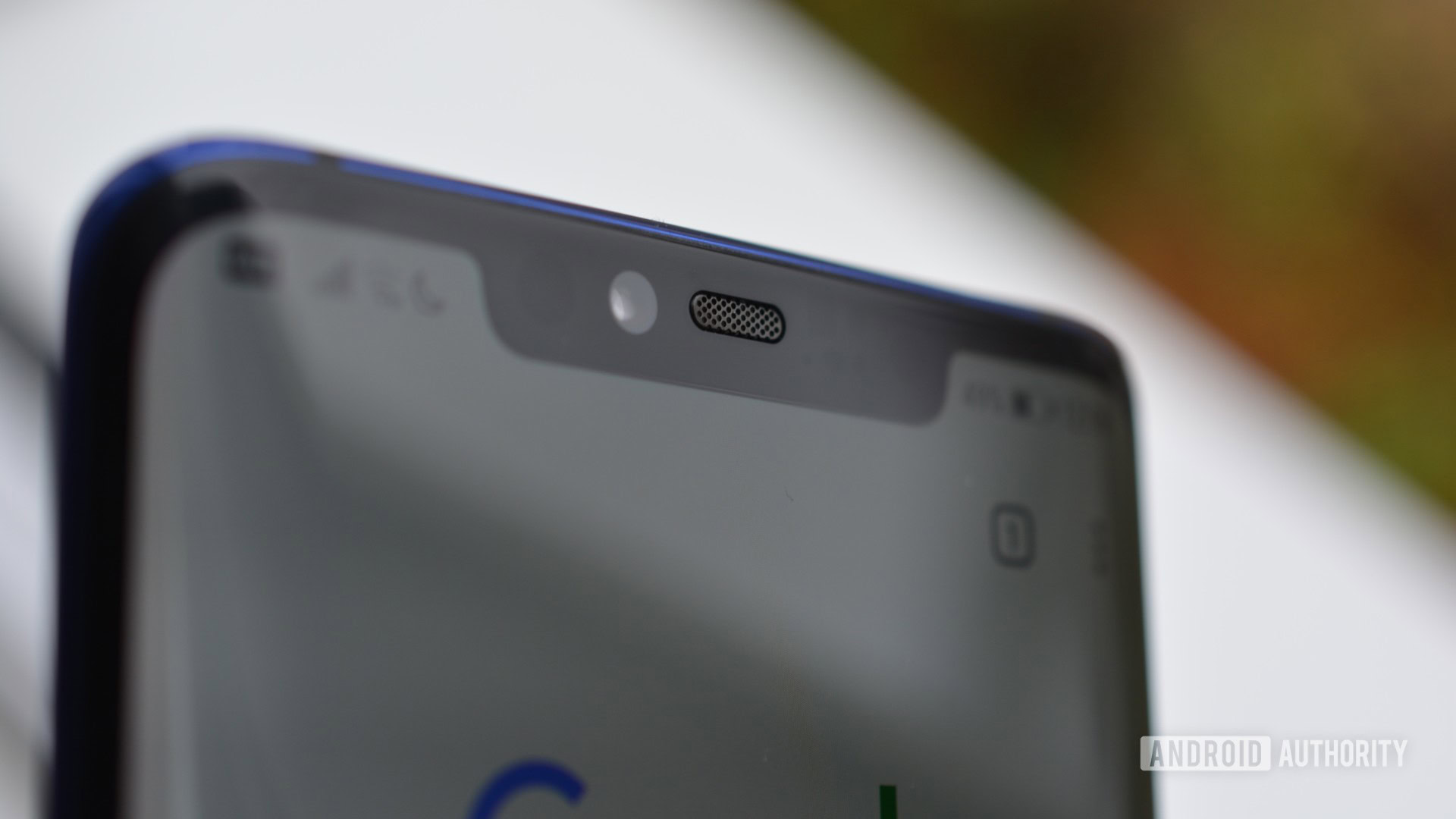
The inevitable introduction of under-screen selfie cameras combined with the aforementioned technologies means that we’ve got a recipe for a full-screen phone without a notch, pop-up camera or slider form factor. But OPPO’s confirmation that they’re working on under-screen 3D cameras means that all the boxes are ticked for a no-compromise full-screen flagship phone.
Front-facing 3D and 3D ToF cameras are two of the most cutting-edge technologies in the smartphone space right now, primarily being used for facial authentication when unlocking your phone. But the technology generally requires a massive notch (Mate 20 Pro) or a slider design (HONOR Magic 2, OPPO Find X).
The quest for full-screen phones has seen at least one manufacturer drop this feature from their phones. HUAWEI opted against including 3D face unlock on the waterdrop-notched HUAWEI P30 Pro, using the inferior camera-based option instead. HUAWEI isn’t the only company with camera-based face unlock, as the likes of Samsung, LG, OnePlus, and Xiaomi all tout the feature on some of their high-end devices.
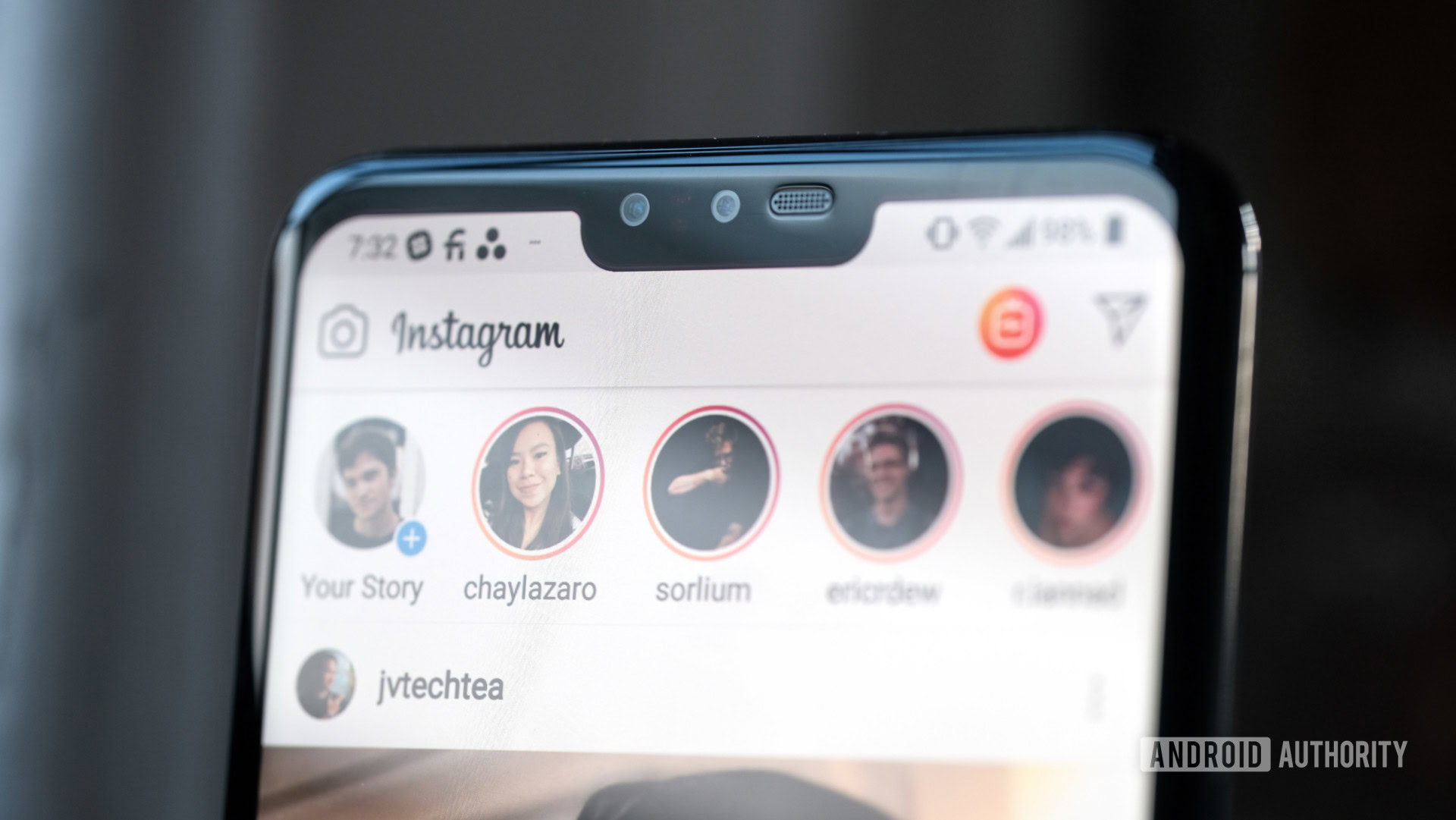
Camera-based face unlock is far less secure compared to proper 3D face unlock though, as research has shown it can be spoofed by photos and other simple tricks. In fact, it’s tough to argue that today’s camera-based face unlock is much better than Android 4.0 and 4.1’s solution from six years ago. Meanwhile, 3D face unlock is secure enough to be used for mobile payments and other sensitive tasks on smartphones.
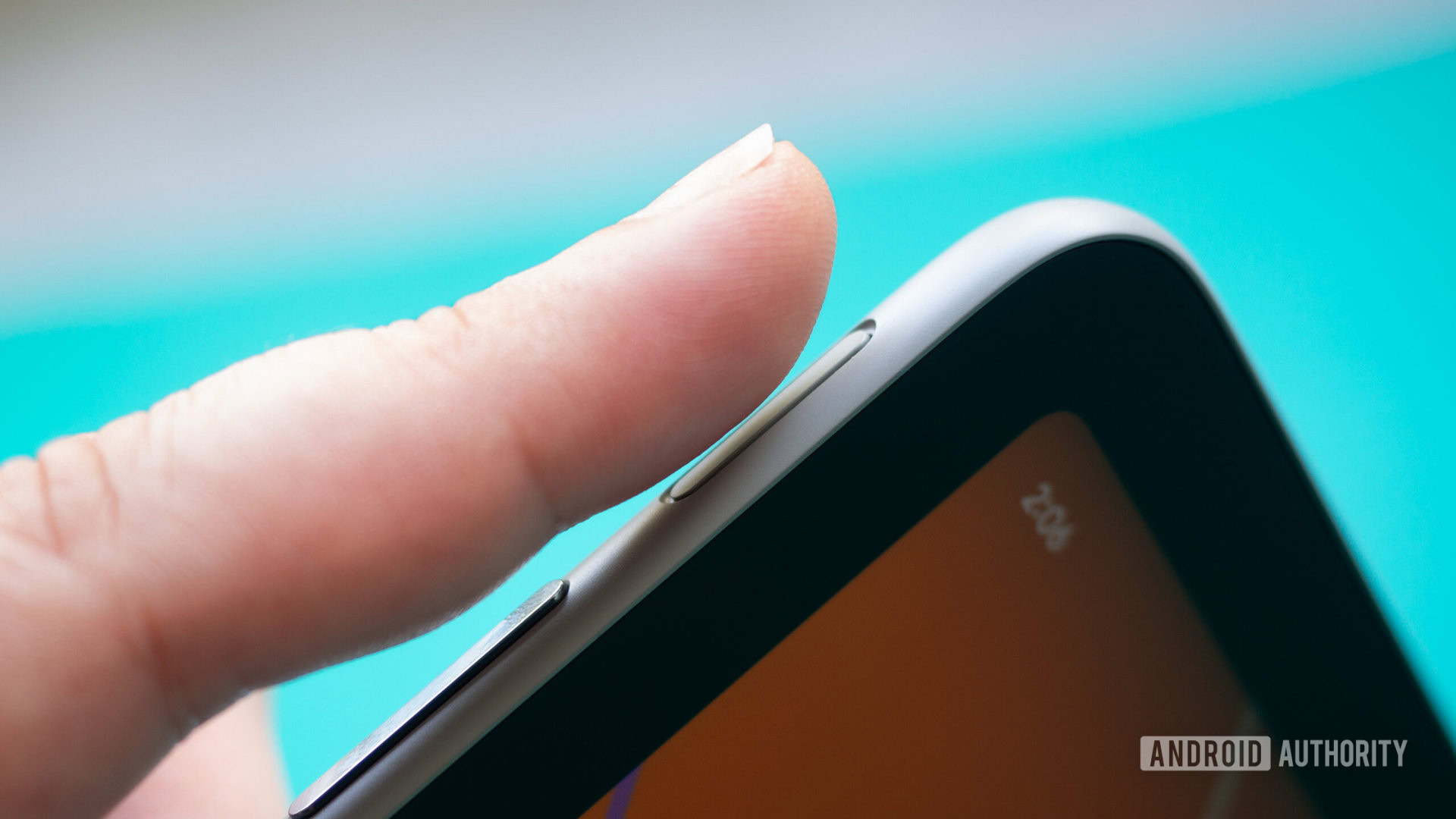
In any event, an under-screen 3D camera means you’ve got a truly reliable face unlock system without a notch, punch-hole, or slider design. Best of all, OPPO has already noted that it should be easier to implement than an under-screen camera. This is because 3D cameras generally don’t require colors to be captured, focusing on the contours of a user’s face instead.
3D face unlock is undoubtedly one of the most convenient, yet secure authentication methods today, especially as we still sit through the teething pains of in-display fingerprint sensors. Placing these 3D sensors under the screen will almost certainly result in similarly unpolished functionality at first. Thankfully, the tech will improve over time and could potentially be a major part of the full screen future.